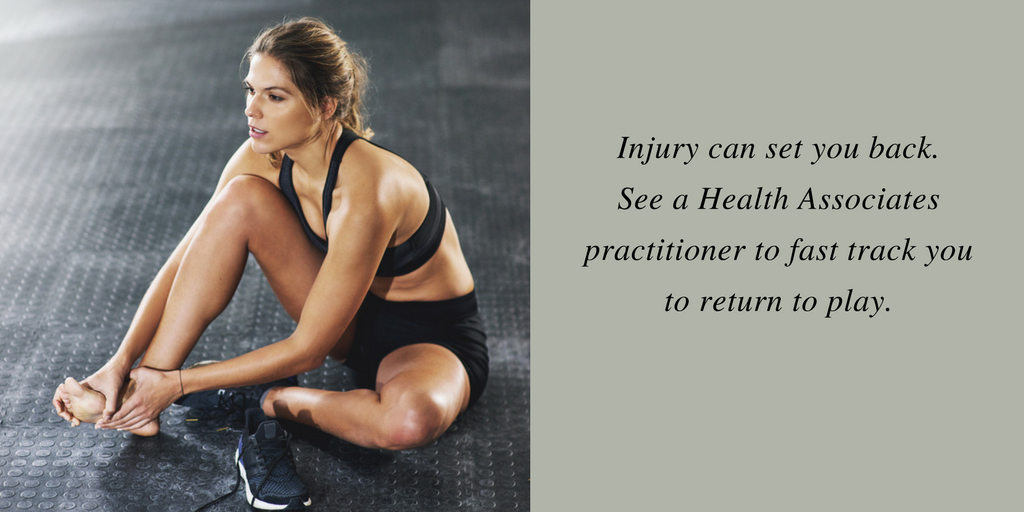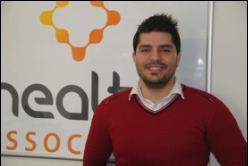|
As a podiatrist, I see patients who present with a range of biomechanical problems and concerns however by far the most commonly occurring complaint people have is heel pain. Whenever there is any pain in the body, it is your bodies way of informing you that something potentially malicious is occurring that may require treatment of attention. Heel pain may be caused by a number of factors and as such can be treated in any number of way. This weeks blog will aim to bring some light to this common problem and how it can be corrected. What are some causes of heel pain? The heel is collectively a complicated structure which consists of:
0 Comments
Leave a Reply. |
Archives
June 2021
|
|
Contact Details
Call 9542 3330
99A Loftus Ave, Loftus NSW 2232 Hours Monday & Wednesday 8am - 6pm Saturday: 8am - 12pm Early morning or later evening available by appointment Our reception is available for walk-ins on Monday, Wednesday & Saturday. Or by telephone 7 days. |



 RSS Feed
RSS Feed